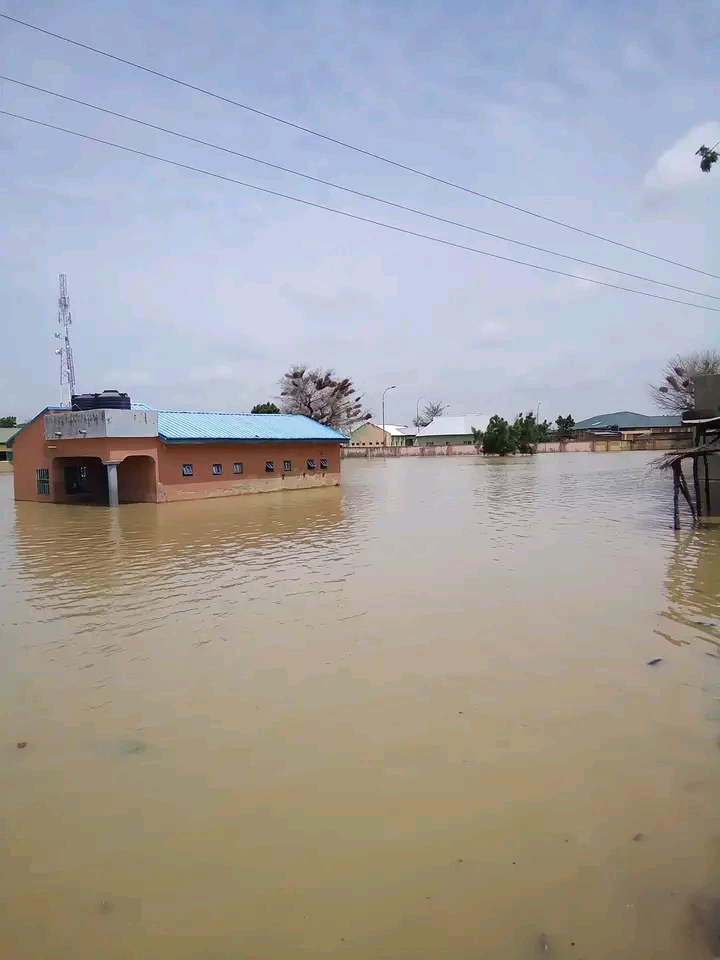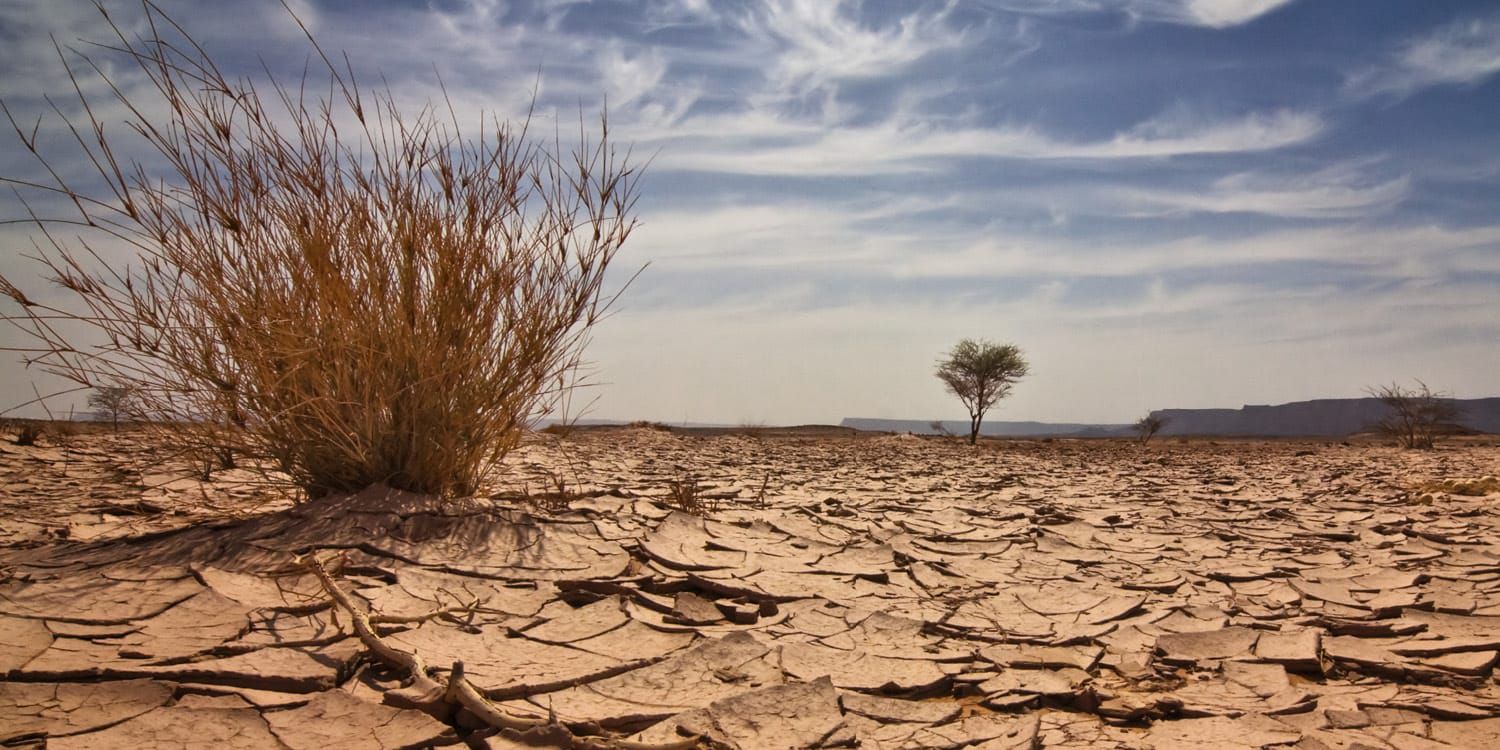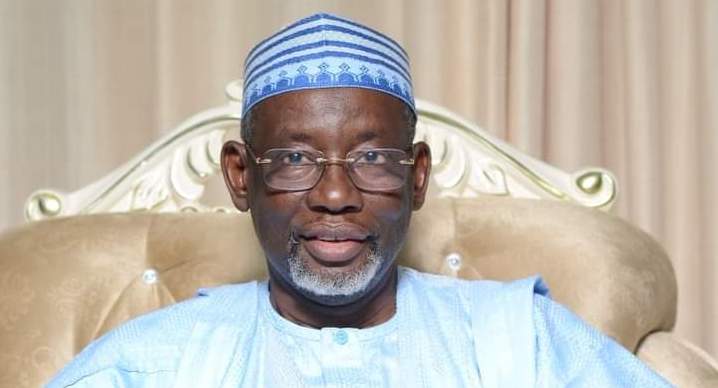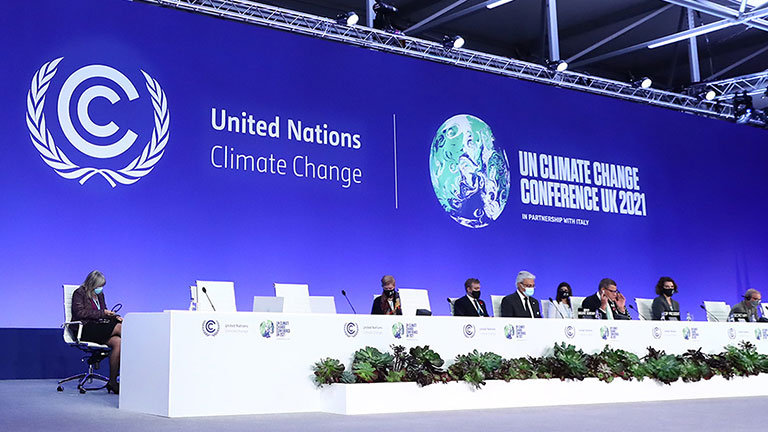Campaign against deforestation and promotion of tree planting
By Alkasim Harisu As a people, we need to consider afforestation to avoid global warming. Deforestation is a menace that a good Samaritan—Isma'il Auwal, a Facebook friend—is discouraging by embarking…








